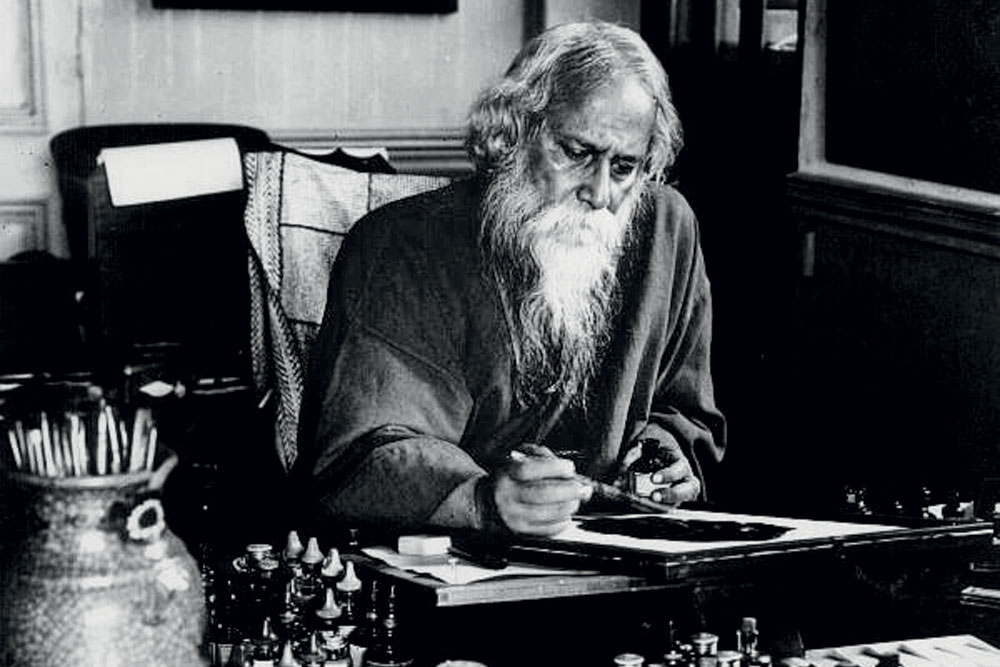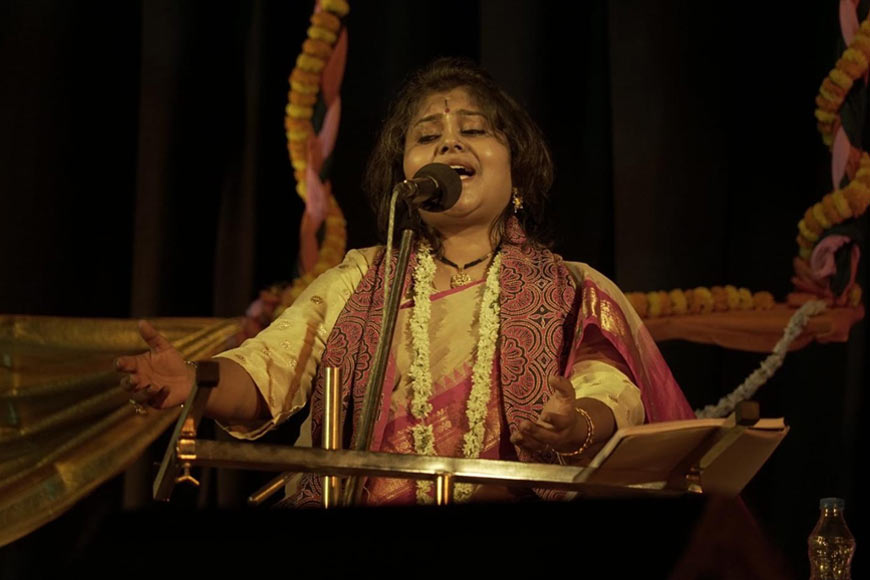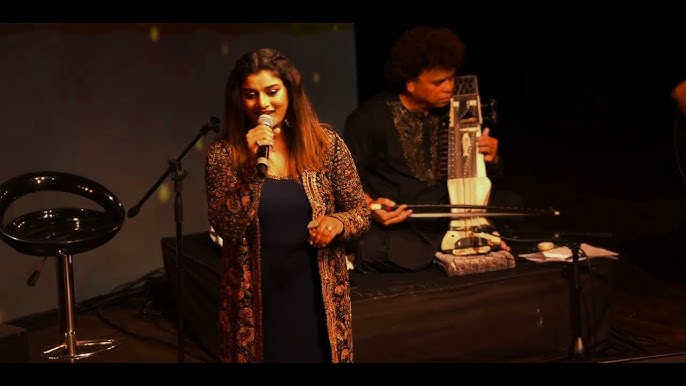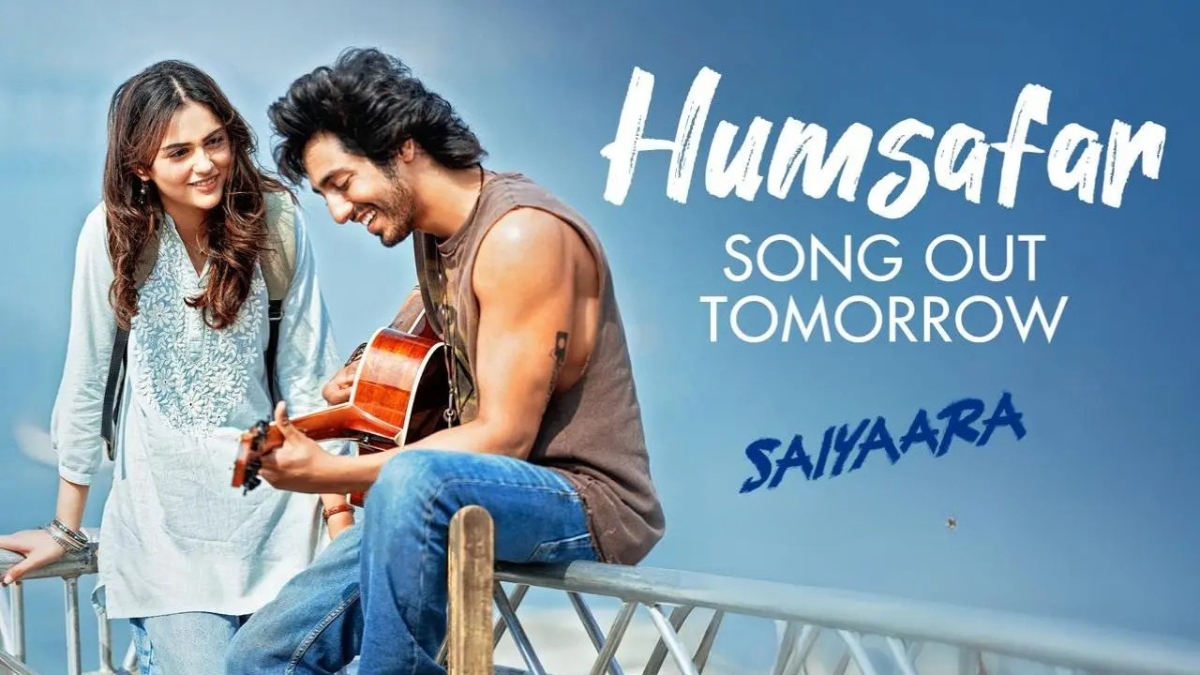“o ganga tumi boicho keno lyrics” is one of the most poetic and emotionally powerful Bengali songs penned by Nobel Laureate Rabindranath Tagore. The lyrics, deeply philosophical and spiritually charged, question the eternal flow of the Ganges River and its symbolic journey toward the sea. This song is not just a piece of music—it’s a lyrical reflection on life, destiny, thirst, and motion. In this article, we’ll explore the full Bengali lyrics, offer an accurate English translation, explain the deeper meanings behind each stanza, and uncover why this song continues to resonate with listeners across generations, both in India and abroad.
The Power of Tagore’s Lyrics

Rabindranath Tagore, the bard of Bengal, is known for his ability to turn simple natural elements into profound philosophical metaphors. In “O Ganga Tumi Boicho Keno,” he uses the mighty Ganges River—a sacred and historical symbol in Indian culture—to portray life’s relentless flow, the urge to move forward, and the silent questions of human existence. The song feels personal yet universal. It’s often taught in schools, performed at cultural events, and treasured by Bengalis around the world. Today, this song remains relevant as people search for spiritual depth and meaning in an increasingly fast-paced world.
O Ganga Tumi Boicho Keno: Bengali Lyrics (Rabindra Sangeet)
Below are the original Bengali lyrics of the song “O Ganga Tumi Boicho Keno” written by Rabindranath Tagore:
CopyEditও গঙ্গা তুমি ব’ইচো কেন
সাগর পানে ?
বলো কোন পিপাসায় আজি
তব তৃষ্ণা প্রানে ?
তুমি মসৃণ নীলচে ধারা,
তুমি কিসের আশায় সারা ?
কেন এ আলো-ছায়ার খেলা
জলকণার গানে ?
তুমি জানো না সে কথা,
আকাশে বাতাসে ব্যথা,
তব শিরায় সে ব্যথা বহে
রক্ত হয়ে প্রানে ।
These lines are often recited and sung in Rabindra Sangeet concerts and resonate with the spiritual traditions of Bengal. The rhythm, the flow, and the literary beauty make it a timeless classic.
English Translation of “O Ganga Tumi Boicho Keno”

For those who do not understand Bengali, here is a poetic English translation that retains the lyrical essence of Tagore’s words:
O Ganga, why do you flow endlessly
Toward the ocean’s calling flame?
What thirst pulls your gentle stream,
That burns inside without a name?
Smoothly you roll in your bluish hue,
But what is it that you pursue?
Why this dance of light and shade,
That sings through droplets in your parade?
You know not the source of your pain,
Yet in the sky, in winds, it remains.
It runs through your veins like fire,
Flowing with blood and silent desire.
This translation brings out the haunting introspection of the song. Tagore doesn’t just speak to a river—he speaks to life, to longing, and to the inexplicable motivations behind all movement.
Symbolism and Meaning Behind the Lyrics
“O Ganga Tumi Boicho Keno” isn’t just a song about a river. The Ganges here becomes a metaphor for the soul’s journey, the ceaseless quest for fulfillment, and the unspoken pain that runs beneath a serene surface. Just as the Ganga flows from the Himalayas to the sea, every human being is on a journey from birth to destiny—without always knowing the why.
The question “Why do you flow?” is almost childlike, yet deeply philosophical. Tagore masterfully uses simplicity to raise profound questions. Is the river seeking something it has lost? Is it being called by an unseen force? This mirrors the human condition, where we’re often pulled by desires, responsibilities, dreams, and sorrows without knowing their origin.
Tagore’s brilliance lies in his ability to connect the divine with the mundane. A river becomes the seeker, and the sea becomes the unknowable answer—the eternal destination.
Cultural and Spiritual Significance of the Ganges in Bengal
The Ganges River (Ganga) is not just a physical waterway in India. It holds immense spiritual, cultural, and historical significance, especially in Bengal, where Tagore lived and wrote most of his works. In Hinduism, the Ganga is considered sacred, purifying, and eternal. People bathe in it to cleanse their sins. Ashes of the dead are immersed in it to grant peace to their souls.
For Tagore to choose the Ganga as the subject of his song is a reflection of this deep-rooted cultural reverence. But while many praise the Ganga for its divinity, Tagore dares to ask it: “Why are you in such a hurry? What drives you?”
This questioning attitude doesn’t diminish the river’s sanctity—it elevates it by giving it a human touch, reminding us that everything holy is also part of life’s emotional journey.
About Rabindranath Tagore and Rabindra Sangeet
Rabindranath Tagore (1861–1941), the first non-European Nobel laureate in literature, was not just a poet but a philosopher, musician, painter, and educational reformer. His collection of over 2,000 songs, known as Rabindra Sangeet, is a cornerstone of Bengali culture. These songs are known for their lyrical quality, emotional depth, and unique melodic structure.
“O Ganga Tumi Boicho Keno” belongs to the ‘Prakriti Parjaay’ (Nature Section) of Rabindra Sangeet, where he explores the beauty and soul of natural elements. In these works, rivers, flowers, seasons, and skies are more than scenery—they’re alive, feeling, and expressive.
Today, Rabindra Sangeet continues to be taught in schools, played in concerts, and preserved as a vital part of Indian heritage. Many Bengali diaspora communities in the U.S., U.K., and Canada hold special Rabindra Jayanti events where this song is often performed.
Where to Listen to the Song
If you want to experience the full beauty of “O Ganga Tumi Boicho Keno,” you can find it on multiple platforms:
- YouTube – Several renditions by legendary and modern Bengali singers.
- Spotify – Search for Rabindra Sangeet playlists.
- Apple Music – Available in curated Bengali culture albums.
- Gaana / JioSaavn – Indian music streaming platforms with Tagore collections.
You can listen to both classical versions and experimental adaptations, including instrumentals and choir performances.
Why This Song Still Resonates Today
In an era where music often becomes commercial and superficial, songs like “O Ganga Tumi Boicho Keno” serve as a reminder of depth, emotion, and timelessness. People of all ages—whether in West Bengal, Bangladesh, or Bengali families settled abroad—find themselves returning to these songs when they seek peace, introspection, or cultural connection.
The song’s introspective theme is universal. Whether you’re a college student in Kolkata or a Bengali-American in New York, the question “Why am I moving forward?” is something we all face. That’s why this song continues to trend on search engines, music apps, and social media, especially during cultural events like Rabindra Jayanti, Durga Puja, or community poetry recitations.
Internal Reflection: Music That Moves the Soul

Good music doesn’t just entertain—it transforms. “O Ganga Tumi Boicho Keno” transforms a flowing river into a metaphor for spiritual yearning and human emotion. For young people trying to understand Tagore’s works, this is a perfect starting point. It teaches poetic expression, emotional sensitivity, and cultural pride.
Conclusion
“O Ganga Tumi Boicho Keno” is more than a song—it’s a spiritual journey told through poetry and melody. Through the lens of the Ganges River, Rabindranath Tagore asks questions that lie at the heart of human existence: What drives us? What do we long for? Why do we keep moving even when we don’t understand the destination?
In understanding the lyrics, appreciating the music, and diving into its meanings, listeners across the globe—especially Bengali communities in the U.S. and India—are connecting with a timeless piece of art that continues to echo through generations.
Read More Related Blogs: Check Out
FAQs: About O Ganga Tumi Boicho Keno Lyrics
Q1: Who wrote “O Ganga Tumi Boicho Keno”?
Rabindranath Tagore, a Nobel Prize-winning Indian poet, wrote this song as part of his vast collection of Rabindra Sangeet.
Q2: What is the song “O Ganga Tumi Boicho Keno” about?
The song metaphorically explores the flow of the Ganga River as a symbol of life’s journey, spiritual yearning, and existential curiosity.
Q3: Where can I find the full lyrics of this song?
You can find the lyrics on Rabindra Sangeet archives, trusted lyric websites, or listen to renditions on YouTube and Spotify.
Q4: Why is this song important in Bengali culture?
It represents spiritual philosophy, poetic elegance, and is often performed in cultural events and schools as a tribute to Bengali heritage.
Q5: Is this song still relevant for today’s generation?
Absolutely. Its emotional and philosophical depth continues to resonate with audiences seeking meaningful music, especially among the youth rediscovering classic Indian art forms.








